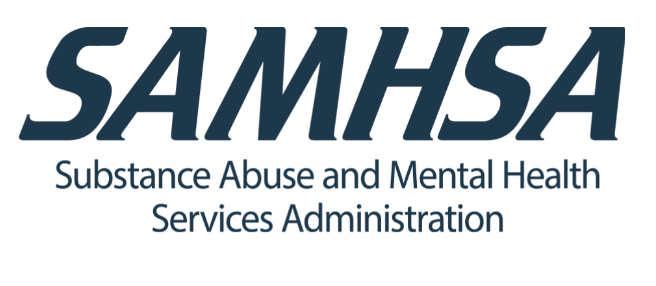What is the Detoxification Process?

Medical detox is not necessarily a quick and easy process. However, it is definitely is worth going through as the alternative is to continue in a dangerous addiction that can destroy your entire life. Among such risks are the chances of an accidental overdose and even death. Each year, up to 22 percent of drug users experience a “close call” overdose. Meanwhile, thousands of others die from an actual overdose.
A critical first step to preventing such overdosing, near-death experiences, and potentially dying is to undergo the detoxification process. This is always the ideal method for improving and recovering. Fortunately, the process is well-developed and has been proven and improved over the years. We look at it in more detail below.
The Assessment
When you are battling drug addiction, you get really good at hiding it from other people around you. This level of secrecy requires a whole set of special skills to sidestepping questions and cloaking the drug use habit. In some cases, you may have spent years perfecting these hiding abilities. Unfortunately, the truth has to come out in order to become free from the life-controlling drugs.
The medical detox team at the center must have honest and complete answers to many questions. This includes the following truthful information:
- Drugs occasionally taken
- Drugs often taken
- Frequency of taking them
- Dosages
- Sources of the drugs
Drug Tests
Interviews at these drug detox programs will help the doctors to understand much of the abuse habits of a patient. Although they do not provide the complete picture they need to provide effective treatment. It is often the case that one individual will metabolize drugs differently than other individuals. Many others will not be completely honest about their drug intake and habits. Because of this, a great number of detoxification centers will also do blood and urine tests as part of the medical intake procedures.
These tests are powerful and sensitive enough to detect the presence of drugs as far back as from one day to four days after they have been abused. It ensures that any drug-related issues you might be tempted to hide come out into the open. Doctors need this certainty in order to properly treat patients.
Preparation for Withdrawal Symptoms
It is important to go into detoxification aware of the symptoms of withdrawal that you will experience. The programs are designed to help you become drug-free without endangering your life. This does not mean that it will be comfortable. Partial discomfort will ultimately help you experience how important it is not to relapse in the future after enduring the withdrawal process.
The National Institute on Drug Abuse discusses a number of typical withdrawal symptoms and signs that clinicians will look for as they manage the whole process of withdrawal. These can include the following:
- Rapid pulse
- Gastro-intestinal issues
- Chills or sweats
- Restlessness
- Shakes
- Anxiety
- Aching bones
- Pinned pupils
- Goosebumps
- Running nose
While these are easily manageable symptoms, there can be more severe withdrawal side effects. If the symptoms prove to be more severe, then medications can be administered to help reduce the level of discomfort and distress.
Withdrawal Medications
Many drug detox programs will quickly turn to withdrawal medications when symptoms become more severe. Clinicians have a range of medications that will make the process of withdrawal more tolerable. The choice of medications depends heavily on the drugs that you have been using. With many of these so-called substitution medications, they will have a cross-tolerance with the abused drug you took during your addiction.
The way this works out in practice is that the clinician will often give a larger dose of replacement drugs and then decrease the amounts administered until they are withdrawn completely (little by little).
It Helps to Participate in Additional Side Programs
Rarely would a detoxification center actually leave a person undergoing the withdrawal process just sitting around taking one medication after another. Instead, they want you to stand up, start moving around, and really get better. This is why the center many times will provide a range of supplemental activities to assist you with recovery on a physical, mental, and even spiritual level.
There is often a good range of these programs. They could include yoga instruction. In these classes, you are able to attend easy classes for breathing, stretching, and bending. It helps to calm both minds and muscles with this highly relaxing technique.
There will also be therapy techniques available and encouraged. Some of these might be acupuncture and massages. Both help to manage and reduce the discomfort of the process. Such techniques are both helpful and practical. They do not involve taking additional replacement drugs to help with the recovery process.
Continue the Process In Rehab
After the initial detoxification process has been successfully completed, it is time to head to rehab. This requires a clear head so that you can be engaged in addiction conversations. These rehab programs pick up the newly drug-free person and help them to make the newfound sobriety an ongoing habit. Rehab programs that are done right can provide a real hope for a future drug-free lifestyle.
The ultimate goals of these rehab treatments are to allow you to make the leap to being a fully functioning and productive member of your home, family, job, town, and society once again. They can help you to achieve this with support groups, counseling, and other useful programs. You should participate in as much as you realistically can.
Medical detoxification centers encourage and endorse such rehab in a final step as a rule. In many cases, they will personally supervise your progression from detoxification center to a rehab center or program. Those in recovery who do not go from detoxification into rehab often relapse all too quickly. Continued care is the key to success in addiction recovery, with the detoxification process being the first step.




